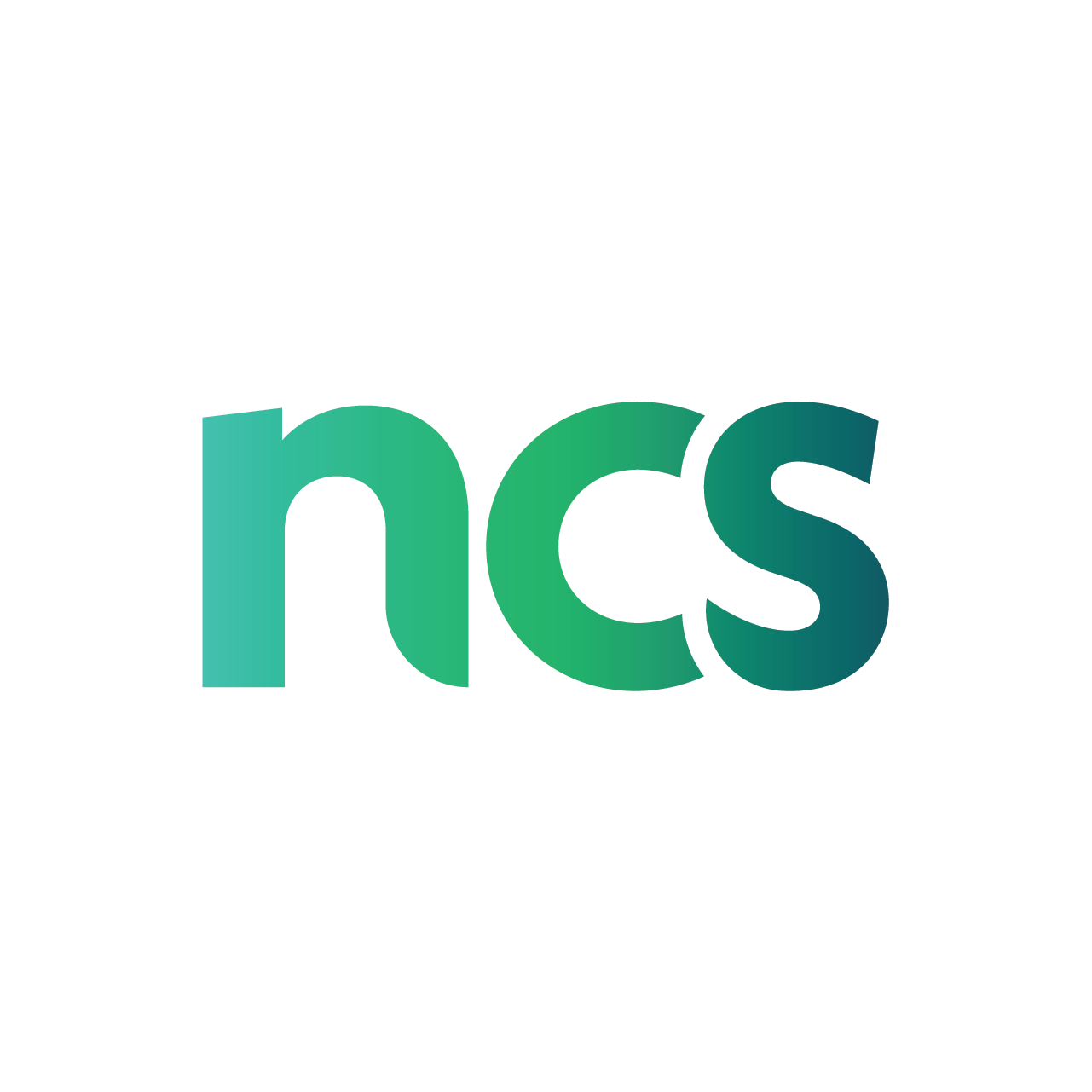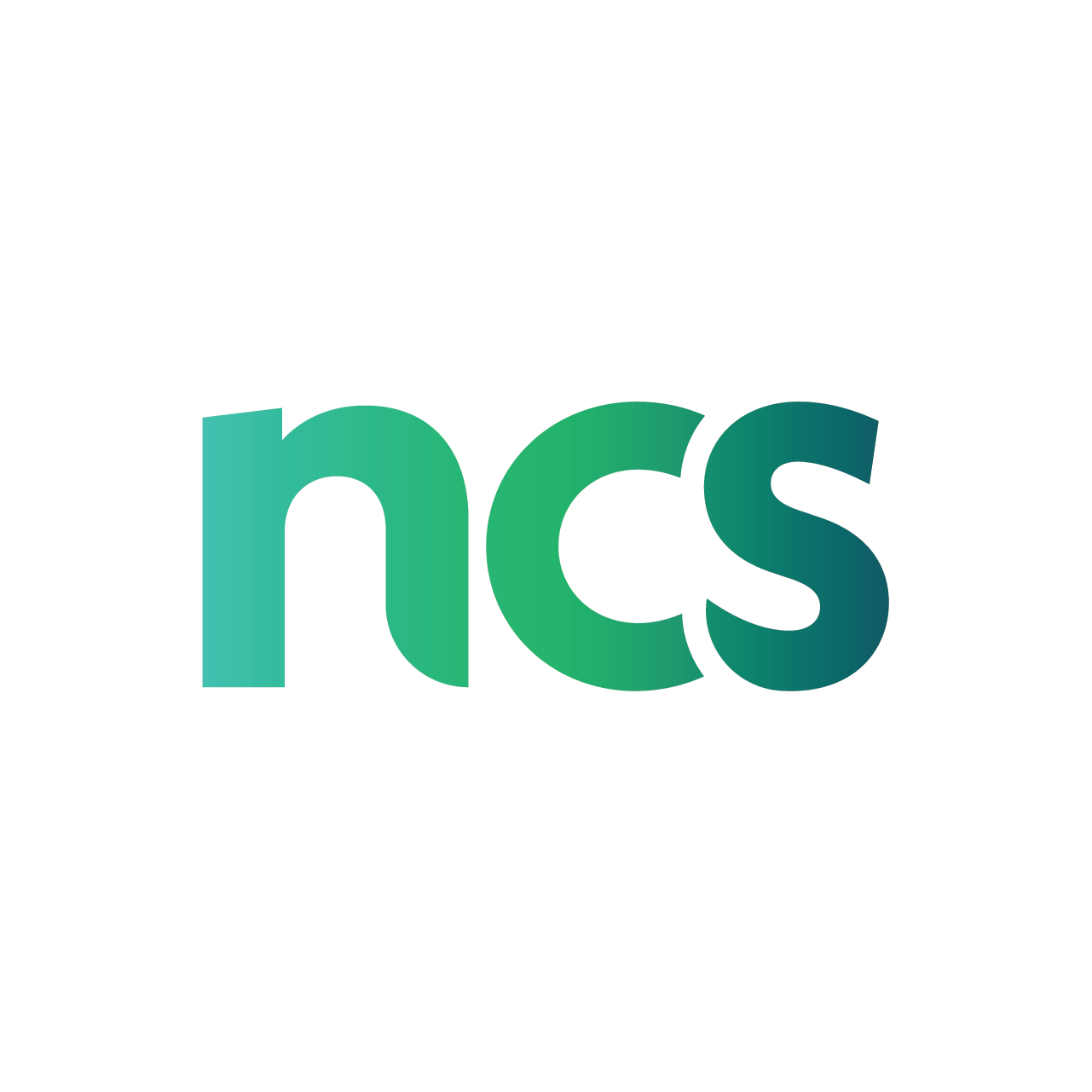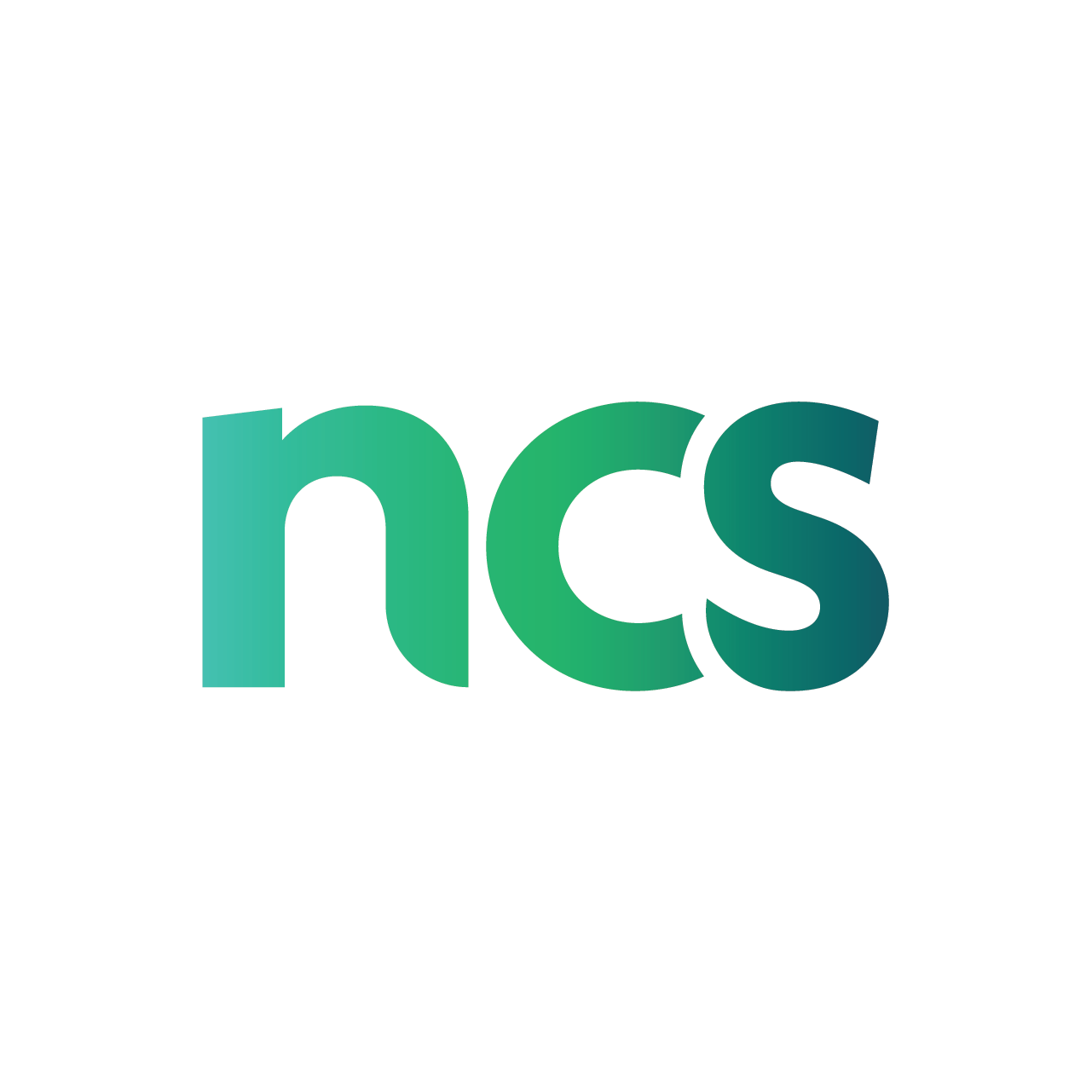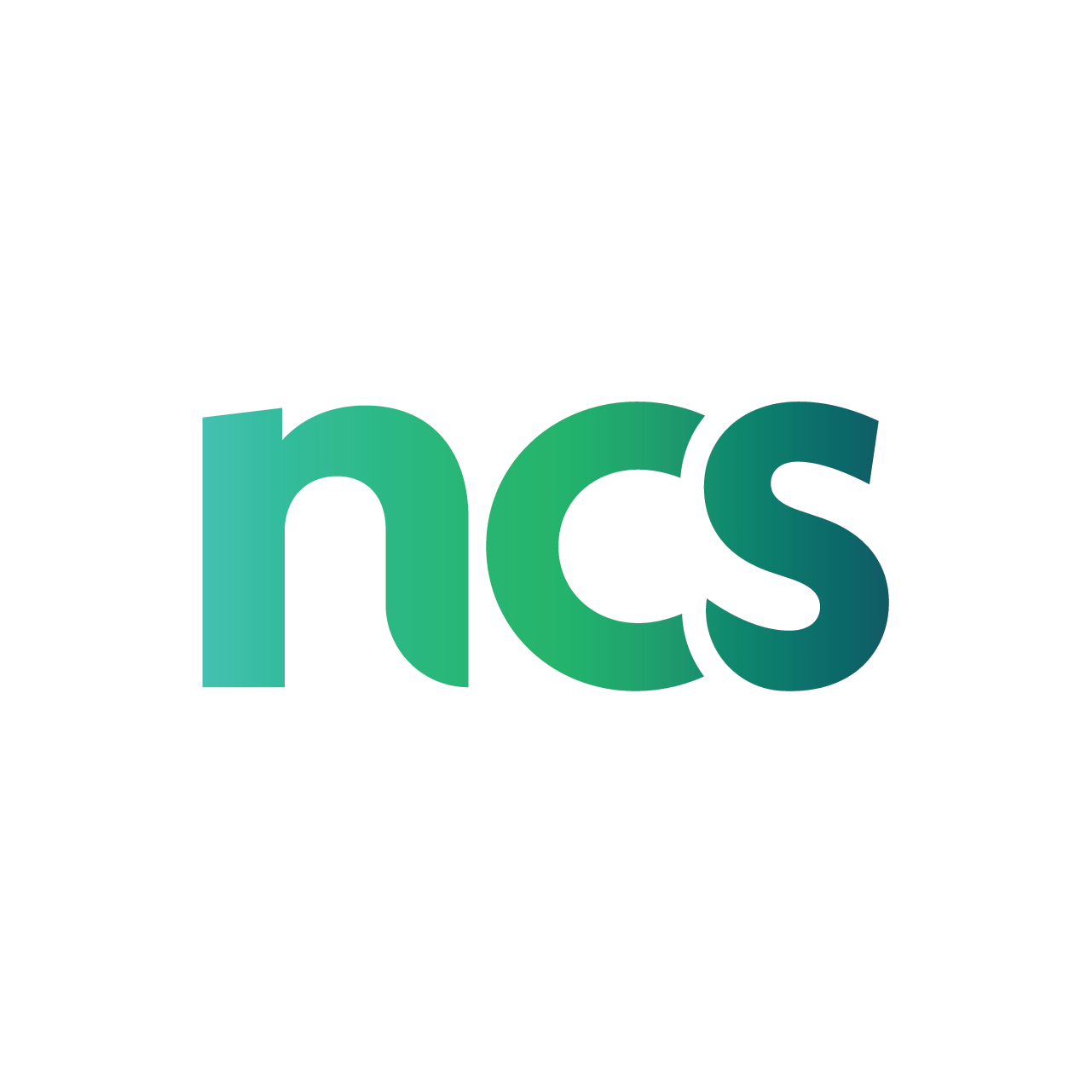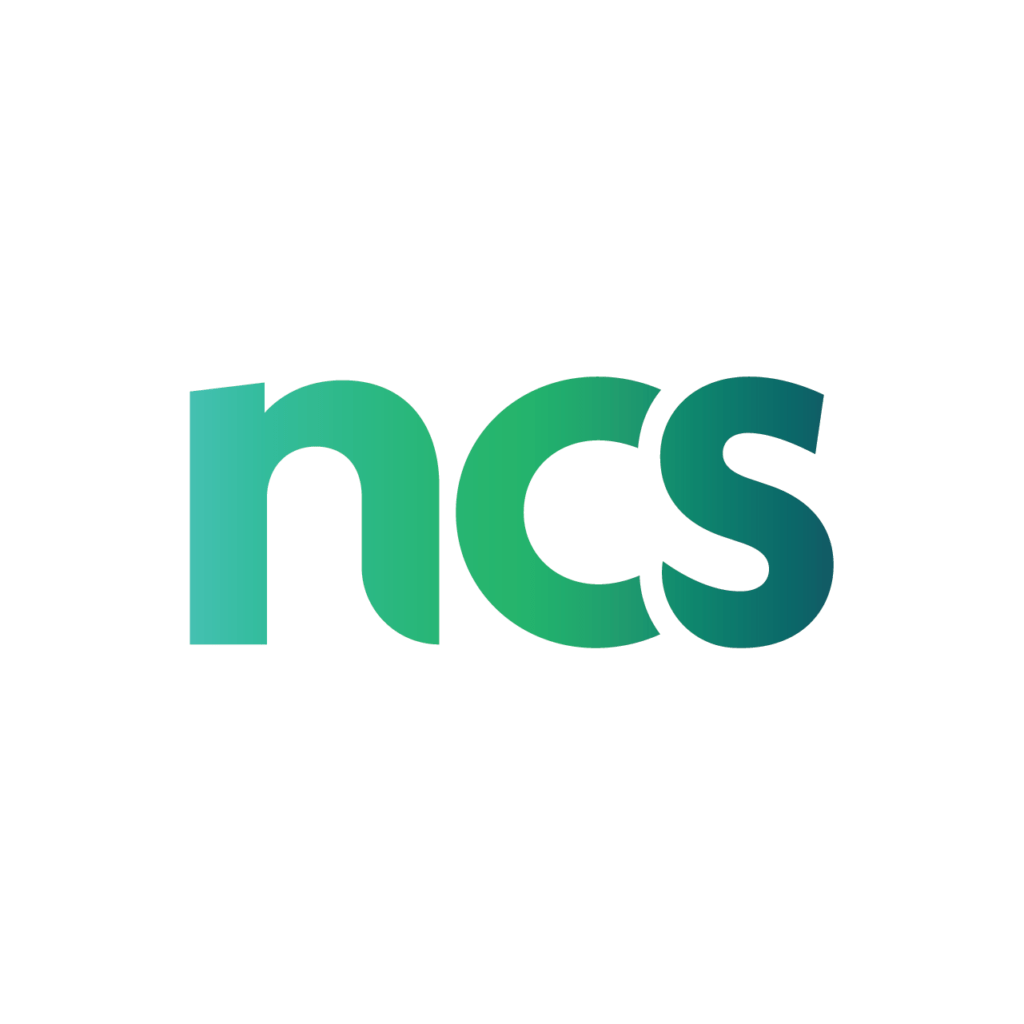The Great Switch Off: What It Means for Your Business and Why Acting Now Matters
The UK’s telecommunications infrastructure is going through a once-in-a-generation transformation. By 31 January 2027, the Public Switched Telephone Network (PSTN) – a copper-based system that has supported landlines and broadband for nearly 150 years – will be permanently switched off.
This is not a routine upgrade. It’s the retirement of a national network, paving the way for a fully digital communications ecosystem known as All-IP.
But what does this change mean for your business – and what should you be doing now to stay ahead?
What is the PSTN Switch Off?
The PSTN revolutionised how we communicate. For decades, it formed the backbone of voice communications across the UK, later adapting in the 1990s to carry data via services like ADSL. But the network relies on copper wiring, which is now outdated, prone to interference and environmental damage, and expensive to maintain. Many of the components used in telephone exchanges are no longer manufactured – making support increasingly difficult and costly.
As a result, the UK is retiring PSTN and shifting to a more advanced, reliable solution: All-IP – a future-ready infrastructure where all services (voice, data, broadband) run over an internet connection, rather than copper.
The All-IP Future: Faster, Smarter, Digital
The shift to All-IP is driven by both necessity and opportunity. Full fibre broadband (FTTP) is currently being rolled out across the country, offering speeds of up to 1Gbps. With over 13.8 million premises able to access ultrafast fibre as of June 2024, the infrastructure is well on its way to replacing legacy services.
If FTTP isn’t available at your location yet, SOGEA (Single Order Generic Ethernet Access) provides a strong interim solution – delivering download speeds of up to 80Mbps without the need for a separate phone line.
For voice communications, VoIP (Voice over Internet Protocol) is the new standard. It enables calls to run over your broadband connection rather than the old PSTN lines, supporting remote work, video conferencing, call recording, and more.
What Will Change for Your Business?
Businesses still relying on ISDN, ADSL, or FTTC must migrate to digital alternatives well ahead of 2027. Openreach is managing the change through staged Stop Sell policies – meaning in many areas, legacy services can no longer be ordered or modified.
Here’s what you need to plan for:
1. Voice Services
You’ll need to switch to VoIP. Not only does it run over broadband, it also allows for seamless mobility, flexible working, and integration with wider communication platforms like Microsoft Teams or Zoom.
2. Broadband
If you’re using ADSL or FTTC, you’ll need to migrate to SOGEA or FTTP. These offer greater reliability and significantly faster speeds – without being tied to a traditional landline.
3. Critical Devices
Do you use systems that run over landlines – such as payment terminals, CCTV, alarm systems, or lift emergency lines? These may no longer function post-switch-off unless upgraded. A thorough infrastructure audit is essential.
Implications Beyond Business: What It Means for Everyone
For Businesses
The PSTN switch off represents both a challenge and an opportunity. While infrastructure upgrades and forward planning are required, this shift opens the door to Unified Communications (UC) – combining voice, video, messaging, and collaboration into one digital ecosystem.
For Consumers
Traditional landlines will no longer work. Consumers still needing a fixed phone line will need a VoIP-compatible handset and fibre-based broadband connection. Those already relying heavily on mobile may feel little change – especially as 3G networks are also being phased out in favour of 4G and 5G.
The Opportunity: Why You Should Act Early
Early adopters stand to gain the most:
Improved Connectivity – Faster broadband and better call quality
Advanced Features – Call routing, voicemail-to-email, video conferencing
Cost Savings – Reduced maintenance and legacy equipment expenses
Mobility & Scalability – Perfect for hybrid and remote work environments
Your Migration Checklist
To avoid service disruption and maximise the benefits of All-IP, take these key steps:
- Audit Existing Infrastructure
Identify every service that currently uses PSTN – including less obvious devices like fax machines or door entry systems. - Choose the Right Digital Solution
If FTTP isn’t available yet, SOGEA or SOADSL (also known as SOTAP) may offer a viable stopgap. - Partner with a Trusted Expert
Migrating your communications setup can be complex. A reliable provider will ensure compatibility, avoid downtime, and tailor solutions to your business.
How NCS Office Systems Can Help
At NCS Office Systems, we specialise in helping businesses embrace the digital future with confidence. Our end-to-end support includes:
- Full infrastructure audits to identify PSTN dependencies
- Expert migration planning and deployment
- VoIP and All-IP broadband solutions (FTTP, SOGEA)
- Support for essential services (e.g. alarms, lift lines) with V-IP Essentials
We’re here to ensure your transition is smooth, cost-effective, and future-proof.
Don’t Wait — Start Your Digital Migration Today
As of September 2023, many legacy services can no longer be ordered, and with thousands of exchanges under Stop Sell, time is running out. The Great Switch Off is happening – whether you’re ready or not.
Contact NCS Office Systems today and let’s future-proof your communications.
Jargon Buster: All the Terms You Need to Know
We know that this change comes with a lot of information – and acronyms! – so we’ve put together the below list to help you out.
ADSL – Asymmetric Digital Subscriber Line
ATA – Analogue Telephone Adapter
BB – Broadband
BT – British Telecom
CF – CityFibre
CLOA – Customer Letter of Authority
CNI – Critical National Infrastructure
CP – Communication Provider
CRFS – Customers Ready For Service
DDI – Direct Dial In
EU – End User
FTTC – Fibre to the Cabinet
FTTP – Fibre to the Premises
FUP – Fair Use Policy
GSO – Great Switch Off
HVS – Hosted Voice Select
IP-PBX – Internet Protocol Private Branch Exchange
ISDN – Integrated Services Digital Network
KYC – Know Your Customer
LLU – Local Loop Unbundling
LOA – Letter of Authority
MBM – Main Billing Number
MPF – Metallic Path Facility
NTE – Network Terminating Equipment
OTT – Over The Top
PBX – Private Branch Exchange
PSTN – Public Switched Telephone Network
SIP – Session Initiation Protocol
SMPF – Shared Metallic Path Facility
SOADSL / SOTAP – Single Order Symmetric Digital Subscriber Line / Single Order Transitional Access Product
SOGEA – Single Order Generic Ethernet Access
SOGFAST – Single Order G.Fast
SVR – Site Visit Reason
VDSL – Very high-speed Digital Subscriber Line
V-IP – Virtual Internet Protocol
VoIP – Voice over Internet Protocol
WLR – Wholesale Line Rental
WLR Products – WLR3 Analogue, ISDN2, ISDN30, SMPF, SLU SMPF, Narrowband Product(s) Line Share and Classic
WLT – Working Line Takeover




